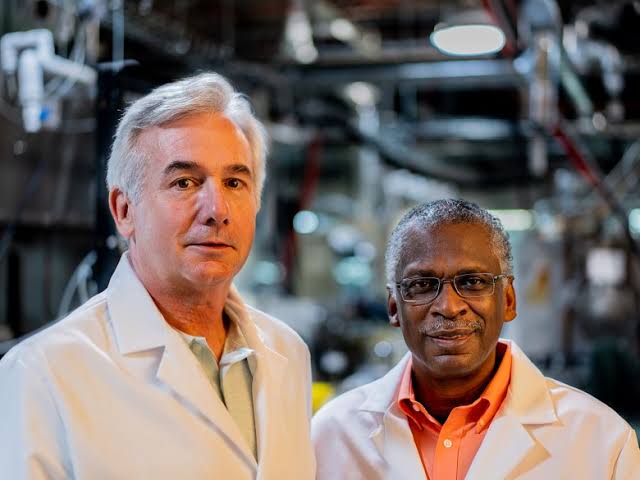Johnson was born in Mobile, Alabama, on October 6, 1949. His mother, who finished high school, worked as a nurse’s aide, and his father, who didn’t finish high school, was a World War II veteran. He had 5 siblings. His father explained the basic principles of electricity to Johnson at an early age, which inspired Johnson’s love of inventing.Stating that he “always liked to tinker with things,” Johnson earned the nickname “the Professor” from kids in the neighborhood, who would assist him with his creations.[4] He once “tore up his sister’s baby doll to see what made her eyes close”.On another occasion, Johnson and the neighborhood children made a go-cart, with a motor Johnson built by himself out of metal from the local junkyard. He also tried to cook up rocket fuel in a saucepan but, in doing so, almost burned down the house.

As a teenager, Johnson attended Williamson High School, an all-black school in Mobile.He drew much of his inspiration from George Washington Carver.In 1968, Johnson represented his high school at a science fair in Alabama, where he was the only black student attending the fair; this was a time when African Americans had very little presence in science.There, he presented a robot he created, which he named “Linex,” taking home the first-place prize. The robot was powered by compressed air.In 1969, shortly after graduating from high school, Johnson attended Tuskegee University, obtaining a B.S. in mechanical engineering in 1973 and a master’s degree in nuclear engineering in 1975.He was awarded an honorary doctorate from Tuskegee University in 2018. After completing his master’s degree, he worked for the U.S. Air Force, where he worked on the stealth bomber program, before eventually joining NASA’s Jet Propulsion Laboratory
During his time at NASA (1979–1991), Johnson worked on a variety of projects, including the Air Force missions Lab, developing the nuclear power source for the Galileo mission to Jupiter, several weapons-related projects, as well as an engineer on the Mariner Mark ll Spacecraft series for the Comet Rendezvous and Saturn Orbiter Probe missions.He also worked on the stealth bomber program.In 1991, Johnson founded his own company, Johnson Research and Development Co., Inc., of which he is also the president.More recently, he teamed up with scientists from both Tulane University and Tuskegee University to develop a method of transforming heat into electricity to make green energy more affordable.As of 2022, Johnson has three technology-development companies, Excellatron Solid State, LLC, Johnson Energy Storage, and Johnson Electro-Mechanical Systems (JEMS), operating in the Sweet Auburn neighborhood of Atlanta, Georgia.JEMS has developed the Johnson Thermo-Electrochemical Converter System (JTEC) which Popular Mechanics listed as one of the top 10 inventions of 2009. Johnson Energy Storage has developed a solid-state battery and, as of early 2023, is raising funds to develop a demonstration manufacturing line
Johnson currently holds over 250 patents, most of which are for his Super Soaker.Johnson was awarded the Air Force Achievement Medal and the Air Force Commendation Medal. He received several awards from NASA for his work in spacecraft system design at the Jet Propulsion Laboratory. In 2008, he was awarded the Breakthrough Award from the science magazine Popular Mechanics for his work related to JTEC and was inducted into the State of Alabama Engineering Hall of Fame in 2011. In 2015, the Super Soaker was inducted into the National Toy Hall of Fame in 2022,Johnson was inducted into the National Inventors Hall of Fame.